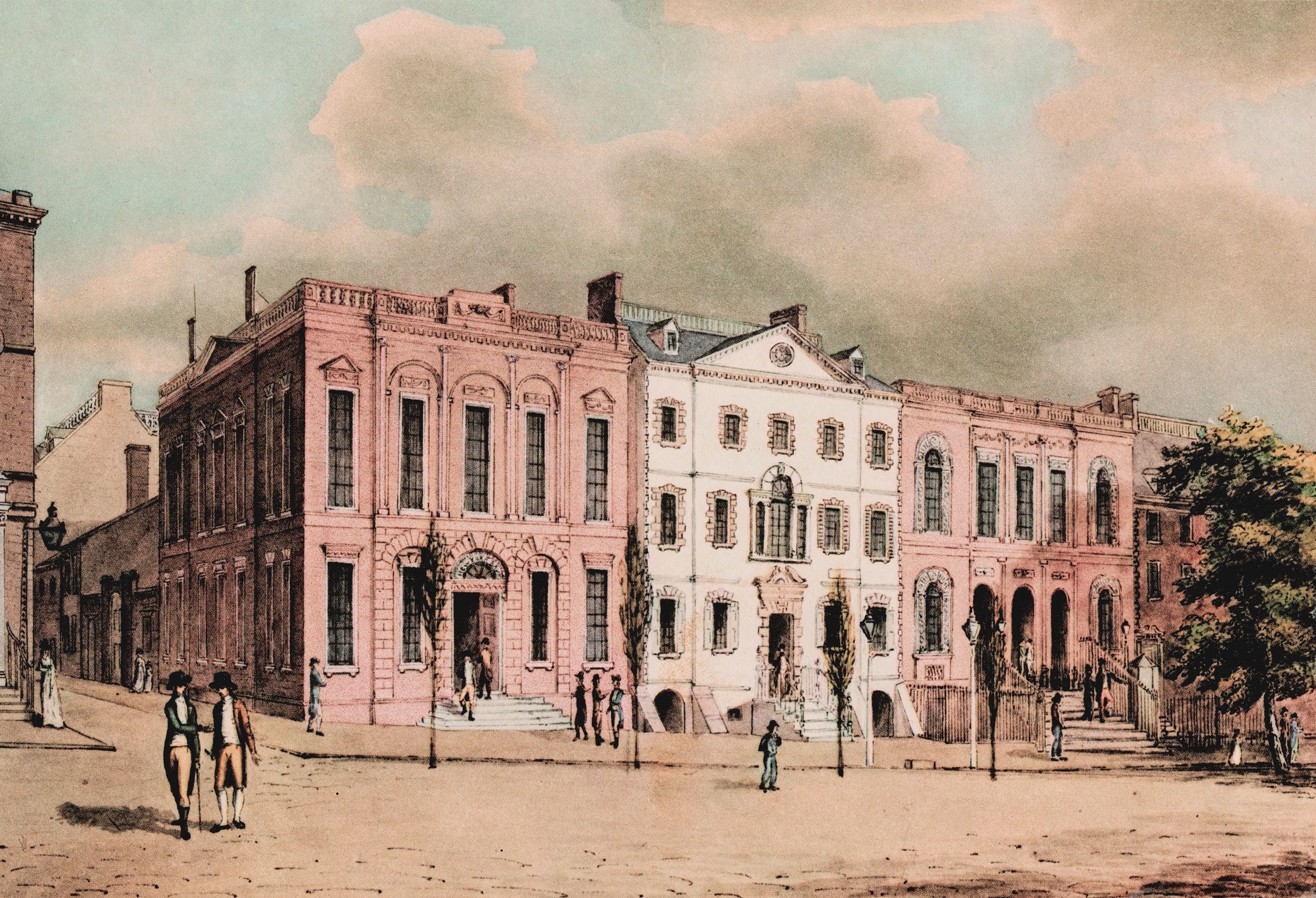A new bank born in New York
In 1811, a group of merchants takes the first steps towards setting up a new bank to help New York compete with rivals Philadelphia, Boston, and Baltimore
As debate on the renewal of the Bank of the United States charter continued into 1811, some New York merchants who were aligned with U.S. President James Madison applied to set up a new bank. Noting that it was easier to do banking in Philadelphia, Boston, and Baltimore than in New York, they petitioned the state assembly on February 11, "praying to be incorporated as a banking company." They had to wait over a year to see their wishes fulfilled. The first setback came on March 22. Vice President George Clinton's faction in the state assembly defeated the petition. When it reconvened in 1812, the assembly then faced petitions for the establishment of two more banks from merchants aligned with Clinton and associates of the former Bank of the United States. Enter one Samuel Osgood, elder statesman. He had a plan. The state lawmakers would support the original petition from 1811. He himself would be appointed president of the new bank. The original merchants aligned with Madison would secure half the remaining seats on the board, while the rest would go to the new group of merchants who supported Clinton. Now with broader backing, the charter sailed through the state assembly and, on June 16, 1812, City Bank of New York came into existence. Though Clinton had died of a heart attack three months earlier, his supporters now controlled almost half of the board of the new bank in his home state. With the passing of the charter, the 200-year story of Citibank began.

